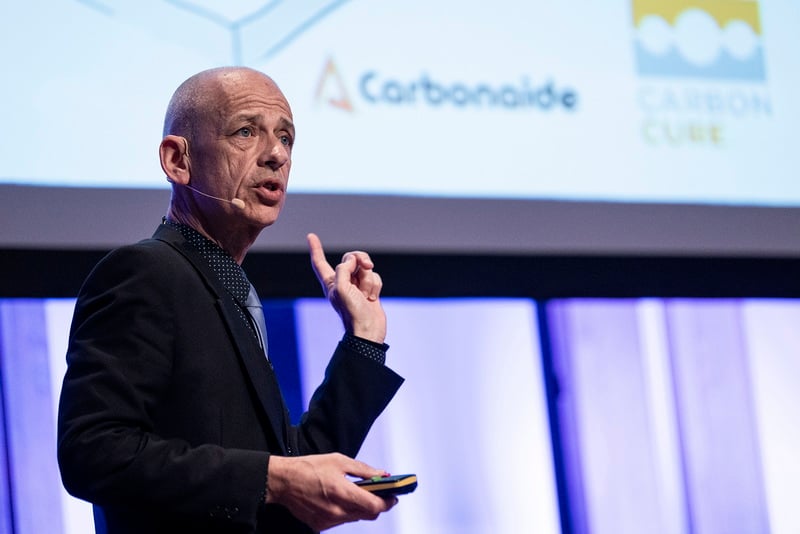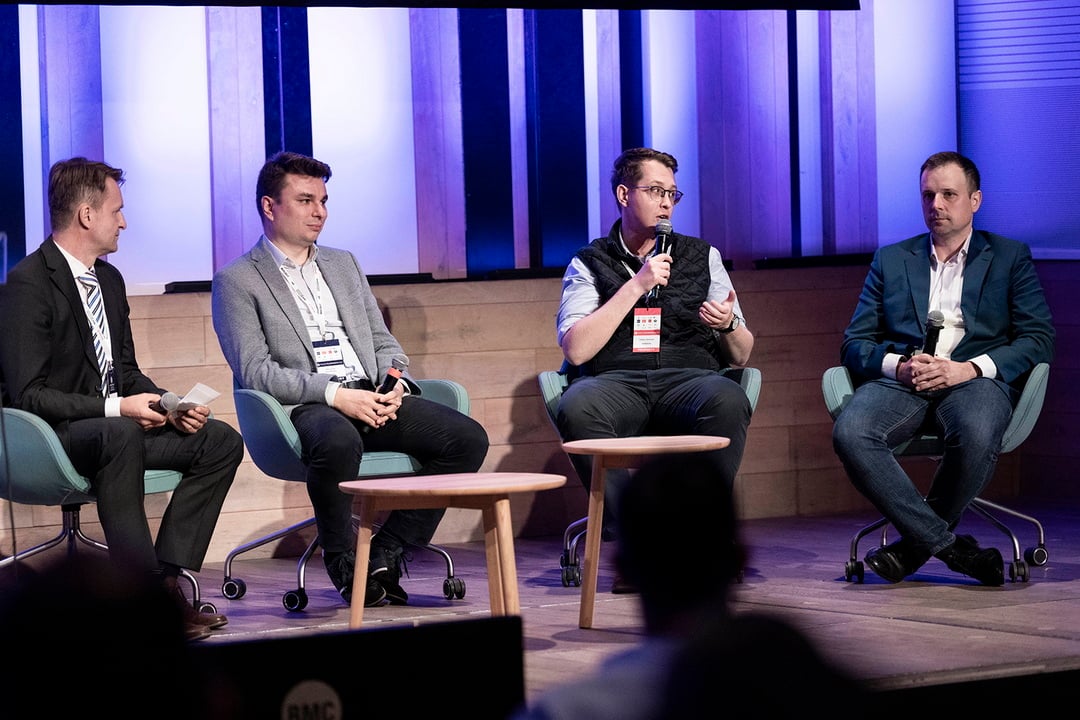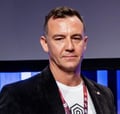Innovation in the Real Estate Market
The PropTech Innovation Now conference, held on May 16, 2024, thoroughly unpacked the somewhat elusive topic of digital transformation, revealing that a good tool will never be perfect, and an abundance of trees does not make a building green.
Few buzzwords are duller than digitalization. It is applied to everything, repeated tens of thousands of times at industry events, and yet it still isn’t always clear what it actually means. Perhaps because it has many faces – at least according to the dedicated section of PropTech Innovation Now, the construction and real estate industries are not transformed by a simple snap of the moguls’ fingers.
Who should innovate?
Miracles are in demand. James Dearsley, CEO of Verv, a company specializing in energy digitalization, filled his keynote with quotes from numerous tech executives, arguing that digital transformation is a necessity in every industry, but the driving force varies by sector. In real estate, demand is shaped by the trinity of affordability, productivity, and sustainability – but while innovation can come from anywhere, it is most effective when it comes from the top.
“When global real estate companies try to build an innovative culture, systems, regulations, and processes for the long term, 20–30 years, it has to come from the top,” said Dearsley. He stressed that innovative culture must come first, forming the foundation of the whole process, and this is possible only if responsibility is shared: in a decentralized organization, employees also have an interest in developing, improving, and pulling the company upwards. “Two days ago, I spoke with Grosvenor, one of the UK’s most respected organizations, and they literally said this,” Dearsley pointed to the slide. “‘We started with innovation-specific roles, but realized it was a bad idea. We had to keep everyone inside the innovation focus.’”

The more people have a say in innovation, the more voices will shout that artificial intelligence will solve their problems. While this is thanks to the recent AI boom, in practice machine learning methods and intelligent algorithms are not new tools: their roots go back to the 1960s, and Andrew Knight was already working with them in the 1980s.
What is AI?
Andrew Knight, Global Data and Tech Lead at the Royal Institution of Chartered Surveyors (RICS), gave a presentation specifically on the role of AI in digital transformation, highlighting the practical application of generative AI. He defined AI by drawing four sets, with data science encompassing three smaller, non-overlapping bubbles – machine learning, optimization, and data mining – each reinforcing the other to deliver impressive but primarily goal-oriented solutions. To demonstrate this, Knight showed an illustration from The New Yorker: an artist in creative crisis sat surrounded by crumpled paper balls over a pile of blank sheets. A helpful robot, noticing this, quickly crumpled the remaining sheets into balls as well, much to the artist’s dismay. Indeed, digital processes are effective only when used consciously, for the right purposes.
And what is AI already being used for in construction? Today it supports surveying construction sites, planning, automated financial tracking, portfolio management, and even the monitoring of completed buildings and predictive maintenance. Complex goals such as achieving carbon neutrality or maintaining biodiversity will in the future also fall largely within the remit of AI.
According to Knight, machines won’t take our jobs – but people who use them will take the jobs of those who don’t. Falling behind is therefore not just professionally disadvantageous, but also a business risk. “Don’t worry about becoming a data scientist to understand AI, but we do need to understand the technology,” Knight said. “We need to grasp issues like legality, reliability, and ethics – where AI can and cannot be used. And we must be transparent with clients if we use such procedures.”

Andrew Knight, RICS (Photo: Glódi Balázs)
No guaranteed recipe
Honesty and fair use are not just matters of conscience but also increasingly monitored by global organizations. Dirk Paelinck, CEO of PropTech House, guided the audience through the maze of European regulation, with a strong sustainability focus. As a passionate mountaineer, he has witnessed the effects of climate change and has long fought to make construction as clean and green as possible.
And while increasingly intelligent systems can help, human frailty and susceptibility remain strong opponents. Greenwashing is particularly dangerous. Paelinck illustrated this with an image from a developer’s brochure: a high-rise covered almost entirely with trees and shrubs. “There are a lot of trees on this building, right? First of all, CO₂ emissions increase by 66 percent, because it requires heavier-than-usual structures. Then, you need to cut down 250 trees to plant a single one on the building. So what’s the problem? The public thinks a green-looking building must be sustainable. This is pure greenwashing.”

Dirk Paelinck, ProptechHouse (Photo: Glódi Balázs)
So innovation and artificial intelligence aside, the responsibility still lies with businesses – specifically with leaders, who must use appropriate tools to drive digitalization and encourage their organizations to transition effectively. There is no guaranteed recipe, as even the roundtable focused on corporate digital transformation admitted. “You’ll never find the perfect tool,” said Matej Sestina, Head of IT at Innovation Corwin. “There will be plenty of mistakes and obstacles. But the point is that it is still better to make a bad decision than not to make one at all.”

CEE regional panel discussion with Milan Bogar (Proptech Slovakia), Miroslav Hachlinec (Beit.io), Matej Sestina (Innovation Corwin), and Marian Skvarek (Realpad) (Photo: Balázs Glódi)
Science fiction?
And what would a city look like if it were built digitally from the first brick to the last nail? The smart city planned in Saudi Arabia, called The Line, is 170 kilometers long, 200 meters wide, and 800 meters high. Whether it will ever be built is questionable, though Fahad Al Tomaihy, founder of Tayaqan, was confident in his presentation that it will. What is certain is that its digital twin model, built in Unreal Engine, already exists – it can be walked through, seen, and imagined. And it would not be bad to work in a construction industry where everything is built this way.

Fahad Al Tomaihy, Tayaqan (Photo: Glódi Balázs)

Sep 25, 2025 8:48:37 AM



